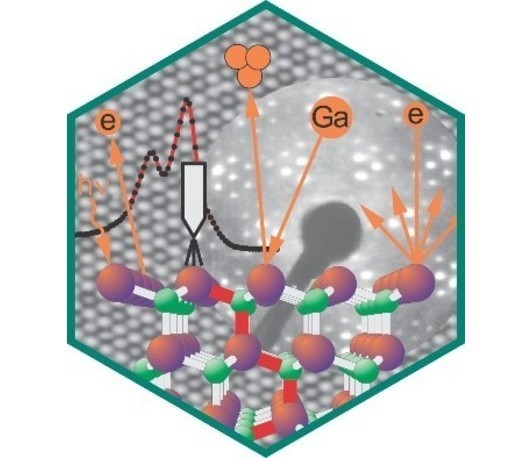Resistance standard from artifact wire coils to graphene quantum Hall resistance
- Datum: 05.12.2024
- Uhrzeit: 11:00 - 12:00
- Vortragende(r): Yefei Yin
- Physikalisch-Technische Bundesanstalt (PTB), Bundesallee 100, 38116 Braunschweig, Germany
- Ort: Max Planck Institute for Solid State Research
- Raum: 4D2

Historically, the resistance standards were made by physical artifact wire coils before 1990 and quantum resistors based on GaAs heterostructures after 1990. Conventional quantum Hall resistance (QHR) standards based on GaAs heterostructures with the quantized resistance value of RH = h/2e2 (filling factor ν = 2) are operating under the extreme conditions of high magnetic flux density B > 10 T, limited current I < 50 µA, and low temperature T < 1.5 K. These extreme operating conditions significantly hinder the dissemination of primary resistance standards, let alone the commercialization of quantum resistance standards.
In this talk, we developed practical primary QHR standards based on n- and p-type epitaxial graphene operating under relaxed conditions.[1-3] Our graphene QHR standards are utilized in the national metrology institutes in Europe countries. The n-type graphene QHR standards achieved a high accuracy of less 2 nΩ/Ω (two parts per billion) at a moderate magnetic flux density of B = 4.5 T, high current of I = 232.5 μA, and easier to access temperature of T = 4.2 K, simultaneously. To our knowledge, this is the best performance of graphene QHR standards achieved in literature so far. The graphene QHR standards have been maintained the 2 nΩ/Ω accuracy in terms of time over 2.5 years, multiple cool-down cycles over fifteen times, and long-distance shipment over 800 km between two metrology institutes. More importantly, our study first systematically demonstrated that p-type epitaxial graphene can also be used for primary resistance standards, as accurate (10-9 accuracy) as GaAs and n-type graphene counterparts for realizing the SI unit ohm in quantum resistance metrology. Furthermore, a contour plot of graphene QHR standards is proposed to reveal the correlation of the quantization regime (10-9 accuracy) with magnetic field and carrier density. When implemented, graphene QHR standards may lead to a broader dissemination of primary resistance standards beyond national metrology institutes, extending to commercial calibration laboratories and industry on-site.
[1] Y. Yin, et al., Adv. Phys. Res. 1, 2200015 (2022).
[2] Y. Yin, et al., Appl. Phys. Lett., 125, 064001 (2024)
[3] Y. Yin, et al., Phys. Rev. Applied, 2024 (accepted)